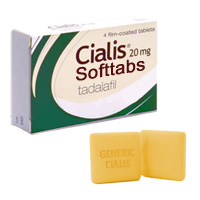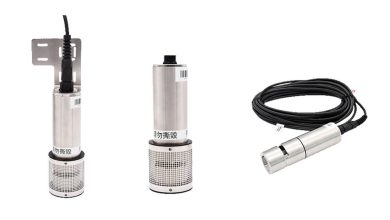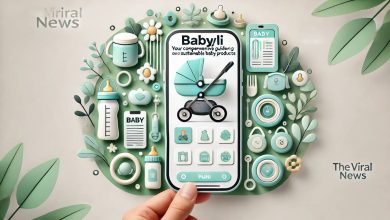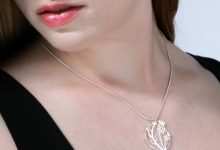Balancing Form and Function: Creating Dynamic Office Spaces through Interior Design
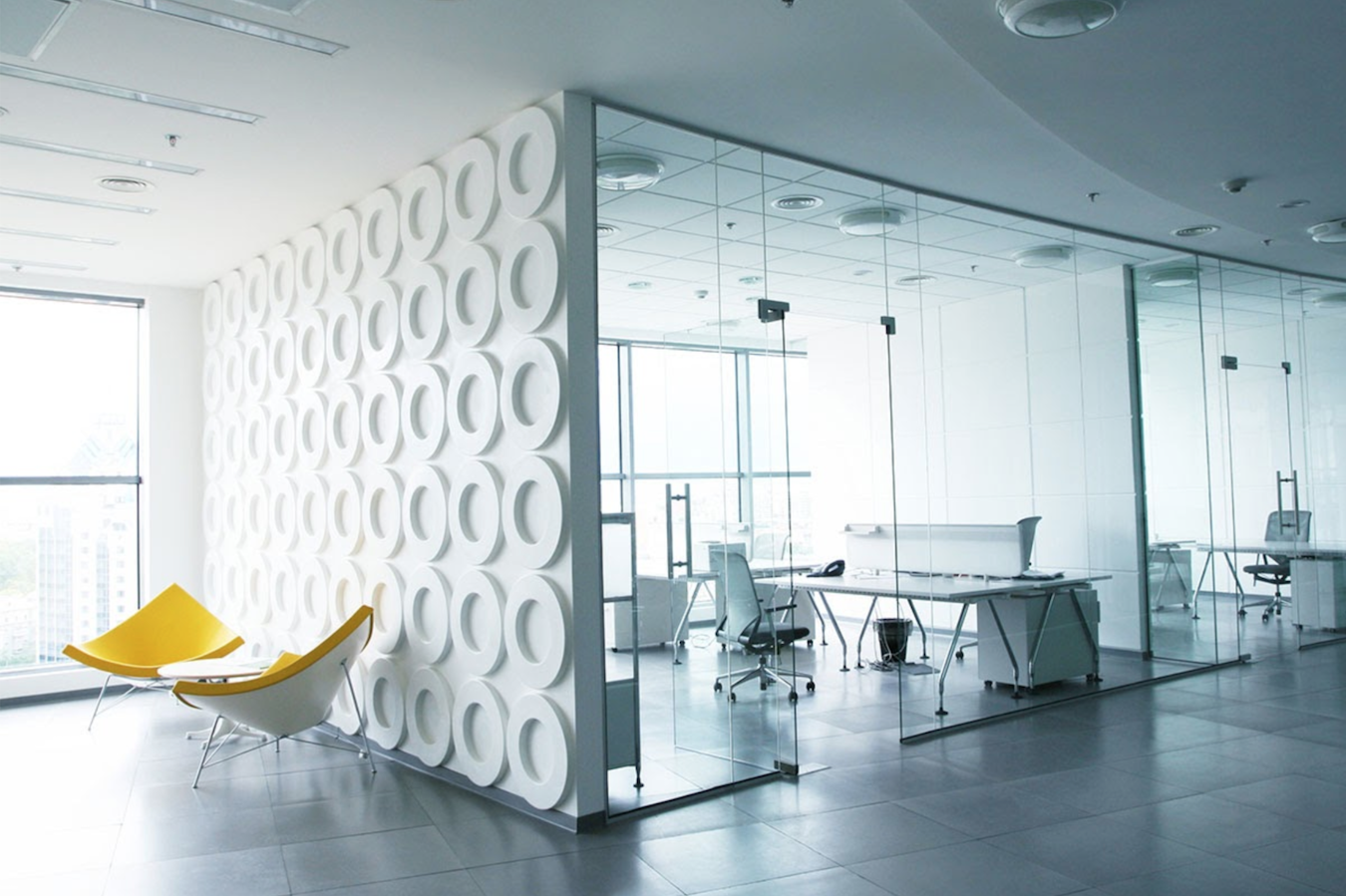
In the realm of interior design, the harmonious balance between form and function is essential to creating dynamic office spaces that inspire productivity, creativity, and well-being. Gone are the days of drab, uninspiring work environments—modern offices are embracing innovative design concepts and technologies to transform their spaces into vibrant hubs of activity and innovation. In this article, we’ll explore the art of balancing form and function in office interior design uncovering strategies, trends, and best practices for creating dynamic workspaces that meet the diverse needs of today’s workforce.
The Intersection of Form and Function
At its core, the concept of form and function in interior design refers to the delicate balance between aesthetics and practicality. While form encompasses the visual appeal and artistic expression of a space, function pertains to its usability, efficiency, and suitability for its intended purpose. Balancing these two elements is essential in creating office spaces that are not only visually stunning but also conducive to productivity and well-being.
Understanding the Needs of the Modern Workforce
Before diving into the intricacies of office interior design, it’s crucial to understand the evolving needs and preferences of the modern workforce. Today’s employees value flexibility, collaboration, and work-life balance more than ever before. They seek environments that inspire creativity, foster connection, and support their physical and mental well-being. By understanding these needs, designers can create office spaces that empower employees to thrive and succeed.
Strategies for Balancing Form and Function
- Flexible Layouts and Modular Furniture
Flexibility is key in modern office design. Flexible layouts and modular furniture allow organizations to adapt their spaces to accommodate changing needs and work styles. By incorporating movable partitions, reconfigurable workstations, and multi-functional furniture, designers can create dynamic environments that can be easily customized to support different tasks and activities.
- Biophilic Design Elements
Biophilic design, which incorporates elements of nature into the built environment, has been shown to enhance employee well-being and productivity. Incorporating natural light, indoor plants, and organic materials such as wood and stone can create a connection to the outdoors and bring a sense of calm and tranquility to office spaces. Biophilic design elements not only enhance the visual appeal of a space but also contribute to its functionality by improving air quality and reducing stress.
- Ergonomic Workstations
Ergonomics is another important consideration in office interior design. Designing ergonomic workstations that support the health and comfort of employees can help prevent injuries, reduce fatigue, and improve productivity. Adjustable desks, ergonomic chairs, and accessories such as monitor arms and keyboard trays can promote proper posture and reduce strain on the body, allowing employees to work more comfortably and efficiently.
- Technology Integration
Technology plays a central role in modern office environments and should be seamlessly integrated into the design. From wireless connectivity and smart lighting to digital signage and collaboration tools, technology can enhance the functionality and efficiency of office spaces. Designers should consider the placement of power outlets, data ports, and charging stations to accommodate the diverse needs of employees and ensure that technology enhances rather than detracts from the overall design aesthetic.
- Brand Identity and Culture
The design of an office space should reflect the brand identity and culture of the organization. Incorporating brand colors, graphics, and signage can reinforce the company’s identity and create a sense of belonging among employees. Design elements such as murals, artwork, and branded furniture can also convey the company’s values and personality, contributing to a cohesive and inspiring work environment.
Trends in Office Interior Design
- Open Plan Layouts with Private Spaces
Open plan layouts have become increasingly popular in office design, promoting collaboration and communication among employees. However, it’s essential to balance open spaces with private areas where employees can focus and concentrate. Designers are incorporating private offices, quiet zones, and enclosed meeting rooms into open plan layouts to provide employees with a choice of work settings that support different work styles and activities.
- Wellness-Focused Design
Employee wellness is a top priority for organizations seeking to create healthy and productive work environments. Designers are incorporating wellness-focused design elements such as fitness facilities, meditation rooms, and outdoor spaces into office environments to promote physical, mental, and emotional well-being. Additionally, amenities such as healthy food options, ergonomic furniture, and access to natural light and views of nature can further enhance employee wellness and satisfaction.
- Sustainable Design Practices
Sustainability is increasingly important in office interior design, with organizations seeking to reduce their environmental footprint and demonstrate a commitment to corporate social responsibility. Designers are incorporating sustainable materials, energy-efficient lighting, and green building practices into office spaces to minimize waste and energy consumption. Additionally, initiatives such as recycling programs, composting, and alternative transportation options can further promote sustainability and environmental stewardship.
Case Studies: Examples of Form and Function in Office Design
- Google’s Headquarters: A Playground for Creativity
Google’s headquarters, known as the Googleplex, is a prime example of form and function in office design. The sprawling campus features a variety of flexible workspaces, including open-plan offices, collaboration zones, and themed lounges inspired by local culture and geography. Biophilic design elements such as living walls and outdoor gardens bring nature indoors, while amenities such as gourmet cafes, fitness centers, and recreational facilities promote employee well-being and satisfaction. The result is a dynamic and inspiring work environment that fosters creativity, innovation, and collaboration.
- Airbnb’s Office: A Celebration of Diversity and Inclusion
Airbnb’s office spaces around the world reflect the company’s commitment to diversity, inclusion, and belonging. Each office is designed to celebrate the culture and heritage of its location, with unique design elements and artwork that showcase local talent and craftsmanship. Flexible workspaces and communal areas encourage collaboration and interaction among employees, while private nooks and quiet zones provide spaces for focused work and concentration. By embracing diversity and inclusivity in its office design, Airbnb creates environments where employees feel valued, empowered, and inspired to do their best work.
Conclusion
Balancing form and function is essential in creating dynamic office spaces that inspire productivity, creativity, and well-being. By understanding the needs and preferences of the modern workforce and incorporating innovative design concepts and technologies, organizations can create environments that support the diverse needs and activities of employees. From flexible layouts and biophilic design elements to ergonomic workstations and wellness-focused amenities, the possibilities for creating dynamic office spaces are endless. By prioritizing the harmonious integration of form and function, designers can create environments where employees thrive and organizations succeed.
